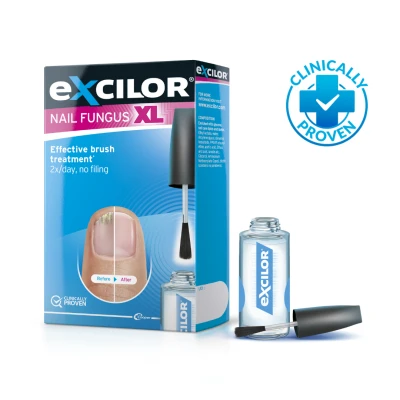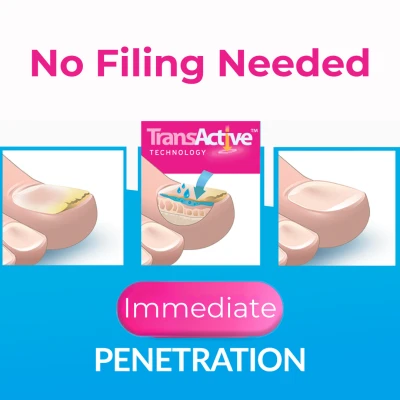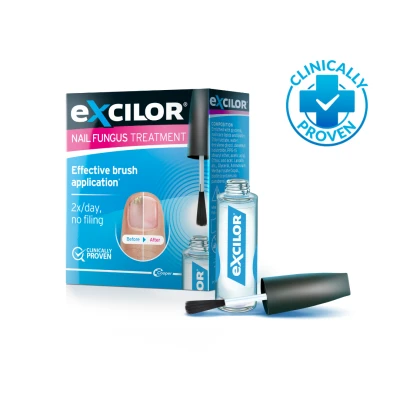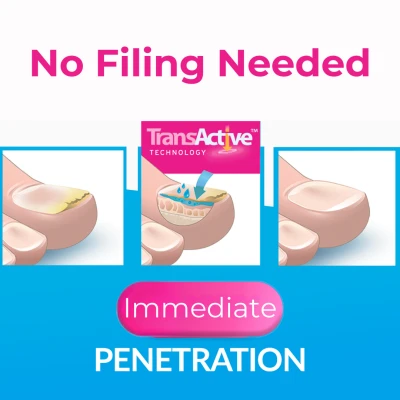Nails are an important part of our anatomy that need to be cared for as they perform several important functions1:
- Protect the distal phalanges (i.e. your fingertips and toes);
- Increase our sensitivity to touch;
- Help us scratch and defend ourselves;
- Enhance the appearance of our feet and hands;
- Play an important part in running and walking.
What should you use to cut your toenails?2
Before cutting your toenails, make sure you have the right tools. Use straight scissors with a rounded tip or straight (not rounded) nail clippers. Clippers are the best option if you are not very good at using scissors. However, with scissors you can achieve a closer cut.
How should you prepare for cutting your nails?2
Wash your hands before cutting your toenails. It’s more practical to cut your nails when they have been softened. We therefore recommend cutting your nails when you get out of a shower or bath. If your toenails are thick, use a footbath before cutting them. The final important step before cutting your toenails is to disinfect your cutters or scissors with alcohol to prevent the spread of bacteria.
How do you cut your own toenails?3
To avoid ingrown toenails or minor injuries, trim your toenails by following these steps:
- Place yourself in a well-lit area;
- Soften your toenails in hot water;
- Cut your nails straight; the corners should form a 90° angle. Ensure the top edge of the nail only protrudes by about 2-3 mm;
- Clean under each nail using the appropriate implement;
- File your nails to ensure the edges are smooth and not sharp;
- Gently cut the cuticles around each nail with a cuticle trimmer.
Dos and don'ts2, 3, 4
Never cut your toenails in a semicircle (curve), as they can grow back into your flesh and become ingrown. If you prefer having slightly rounded toenails, gently file them after cutting them.
If you use nail clippers, make sure you never leave a needle-shaped nail spike, called a harpoon, that can lead to an ingrown nail. Remember, the edges of your nails should form a right angle and not a sharp point. Also avoid using sharp implements to clean under your nails (e.g. tips of scissors, toothpicks). Finally, never cut into the pink area of the nail (the plate), which is vascularised. You could cause bleeding. Always trim the white section and make sure the edge of the nail protrudes by about 2-3 mm;
If, for health reasons (eyesight problems or flexibility) or because you are pregnant, you are no longer able to look after your nails, ask those around you for help or make an appointment to see a pedicurist/podiatrist. Always look after your nails.








